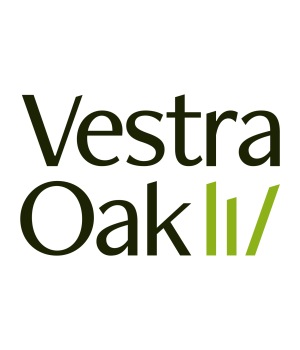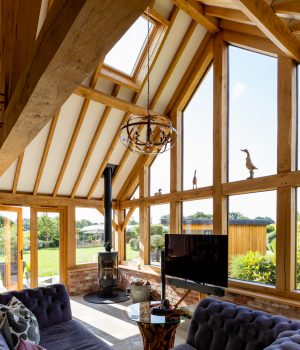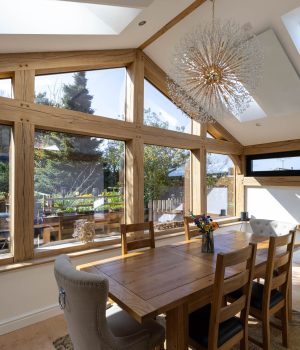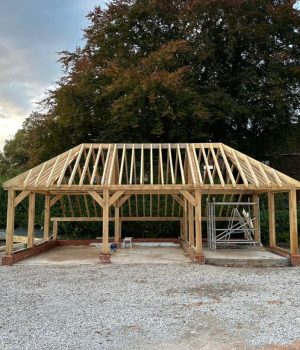The difference between rough and planed timber is the same whether you’re a professional or a home-grown DIYer.
However, many DIYers can find the technical terms and acronyms used in lumber descriptions confusing and are wary of buying the wrong materials. As timber can be an expensive material, buying the wrong type can be a costly mistake.

1. What is the meaning of rough-sawn?
This is the most basic form of wood preparation after the felling of the tree. The timber has been cut to size with a circular saw and received no further treatment.
This will leave the sides and edges of the timber with a rough, unfinished surface where the saw cut through the wood.
Due to the simplicity of preparation, rough-sawn timber is always cheaper than planed. As a result, it is the best choice for jobs where the finish of the wood is either not important or requires a rough look.
Rough-sawn timber is usually used for pieces such as internal frames, where it will be concealed by a neat outer layer. It is also used for beams beneath flooring or in attics, where it will not be visible.
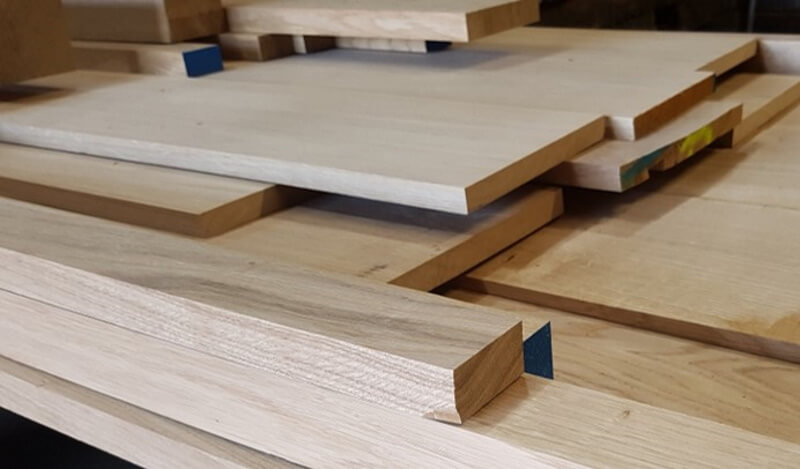
2. How does planed timber differ from rough sawn?
After sawing to size, the timber can then be passed through a planer, which shaves off the rough outer layer. Traditionally, this would have been done by hand, an extremely time-consuming and labour-intensive process.
This gives a smooth, splinter-free finish to the surface and can be applied to one or more faces. The grain and other details of the wood are more visible, giving a neater, more pleasing appearance.
The planed surfaces will be perfectly flat and level – ideal for pieces such as shelves or kitchen worktops.
Planed surfaces also allow for flush joints between separate pieces of wood. This saves the user the job of sanding and planning themselves, a very time-consuming task!
3. What is the difference between PAR and PSE?
What does PAR mean?
PAR is a trade acronym that stands for ‘Planed All Round’. After sawing, the timber is passed through the planer to smooth all four surfaces. This gives a level, uniform surface to all edges and sides. This is ideal for features where all four sides of the timber will be visible.
What does PSE stand for?
PSE is used interchangeably to stand for Planed Single Edge or Planed Square Edge. PSE timber has only been planed on one side. This is perfect for jobs where only one smooth side will be visible, for safety or aesthetic reasons. For this reason, it’s most often used for flooring or external cladding.
In the case of floorboards, the visible side must be splinter-free to protect users, but the remaining sides can remain rough without affecting construction.
Similarly, for external cladding, the planed outer surface gives a neat finish to the building for a lower cost than PAR. As the other sides are not visible, this would be a needless expense.

4. What is PAR timber used for?
PAR is used for feature pieces where all four sides of the timber will be proudly on display.
For example, outdoor structures such as gazebos or summerhouses, where the entire frame is visible. It is also the only safe choice for pieces that bare skin will be in contact with regularly. That’s why PAR timber is most commonly used in furniture, handrails, and any multi-use surface.
Using wax, stains, or varnish is ideal with planed timber and is much easier to dust and clean. Overall, it’s the favourite choice for most DIYers in order to get working on their projects as soon as it’s delivered.
Hardwoods Group are expert suppliers of wholesale oak, offering rough-sawn timber to suit any specification. We also specialise in precision oak machining and moulding. Get in touch today to discuss your next project.


